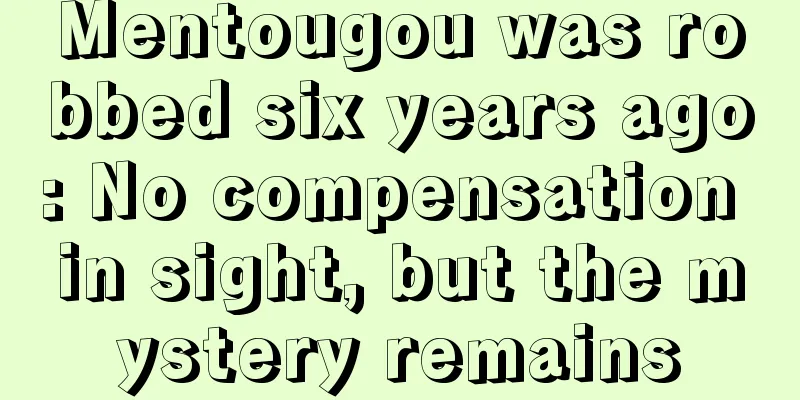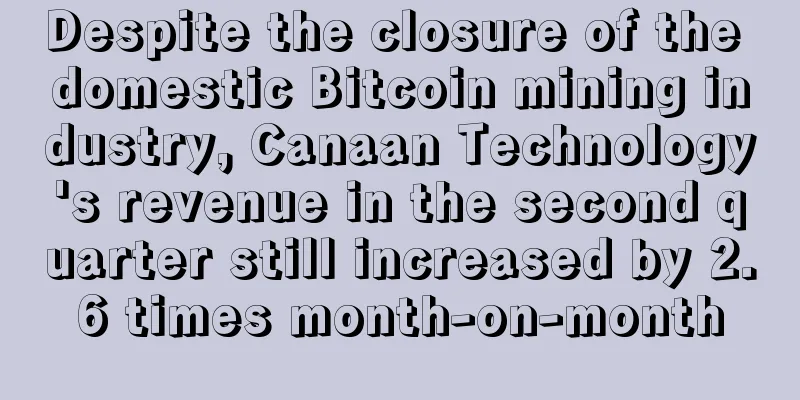Bitcoin mining POW is costly and wasteful, but it is fair

|
Is Bitcoin Proof of Work (POW) fair? Tomaso Aste of the Centre for Bitcoin Technologies at the Department of Computer Science and Technology at University College London argues that the current Bitcoin mining POW is costly and wasteful, but nonetheless fair. Aste recently identified several factors that determine Bitcoin POW in a paper titled ‘Fair Bitcoin POW.’ Aste pointed out that Bitcoin has proven that value can be exchanged on the Internet between peers who do not trust each other without any third-party intermediaries or trusted institutions, as Bitcoin has a market value of more than $10 billion and can handle tens of thousands of transactions every day despite the threat of severe attacks. Computationally intensive process The principles of verification and encryption are crucial to the computationally intensive processes involved in the Bitcoin network, which involves a large number of nodes participating in the verification process. This process provides a principle that avoids duplication of voters' errors and promotes voters to demonstrate computing power. In order to ensure a restricted majority voting method, the system uses a cryptographic sealing process called computationally intensive. The process includes a challenge called "Proof of Work (POW)", and the first node that solves this challenge can receive a Bitcoin reward. This principle, called "mining", allows the creation of new Bitcoins. Miners around the world generate billions of hashes per second (10^18 or one exahash). Using existing hardware to calculate a billion hashes consumes 0.1 to 1 joule of energy. Therefore, about one gigawatt per second (GW/second) is used worldwide to create an effective proof of work. Although electricity costs vary around the world, the energy consumed by this process is worth about $50,000 per hour. Miner Reward: 12.5 BTC Since the system is capable of processing less than 10,000 transactions per hour, each transaction costs more than $5. Users do not pay this cost. Miners pay the cost and receive a reward in the form of newly created Bitcoins. Before the halving, the block reward was 25 BTC, equivalent to about $15,000. Community mining estimates that mining a block every 10 minutes consumes energy costs of $50,000/6, or about $8,333, and receives a reward of about $15,000. This makes mining operations profitable, even after accounting for infrastructure and hardware costs. The electricity costs over $400 million a year. This can be seen as a huge waste. Aste pointed out that now that the Bitcoin reward has been halved to 12.5 BTC, the profit margin left is relatively small. Benefits of POW POW allows the blockchain to remain “pure” and have the entire community competing to verify the validity of transactions, and makes attacks on the system costly. Is the cost justified? Aste claims that this cost makes double-spend attacks too expensive to perform. A double-spending attack occurs when someone tries to get more Bitcoins by spending one Bitcoin on different users. The attacker tries to spend the highest amount of Bitcoins possible. The total amount of transactions in a block is limited, currently about $1 million. If a transaction is worth more than the total transaction value of a block, it will attract the attention of the network. This limits duplicate payments to $1 million. Although the copy can be repeated several times in succession or in parallel, it does not affect the current calculation result. Avoid attacks An attacker could try to get a small portion of $1 million. To do this, the attacker would have to ensure that two duplicate transactions are verified. This would require a fork with two blocks appended to the previous block. If the attacker has enough computing power, it can generate two valid hashes to encrypt two blocks, thereby creating the appearance that both transactions are verified. Ultimately, the transaction is settled, but it must wait for six new blocks to be added to the blockchain to ensure that the transaction cannot be reverted. The attacker would have to generate six valid hashes before he could double spend a transaction and it could be considered stable. The attacker would only have to manually verify one of the forks. The system would consider the other forks valid and let other miners propagate them. The attacker could propagate it as well. How to stop the attack The artificial propagation cost of this fork is 6 times that of POW. If the cost is lower than the profit, the attacker will gain. The break-even point is represented by the following equation: The fair balance cost of POW is equal to the duplicate portion of the block value divided by the number of blocks used for settlement. At current prices, the attacker would be adding 60% to the traditional block price, thus double-spending $600,000. In the equilibrium state, six blocks of revenue need to be settled. The following estimates the fairness of the proof-of-work cost for each block: The POW cost per block of a balanced fairness is equal to $100,000. Since the attack, this calculation overestimates the cost, and in order to go unnoticed, it must be done with a small fraction of the block value. It is impossible for a long fork to propagate for more than 1 hour, and for all blocks to be verified by the same miner, and for no one to notice the anomaly. Therefore, it is reasonable to think that a 10% cost is a deterrent to an attack. Proof of work is wasteful, but necessary. Aste believes that the existing POW cost is a huge waste for Bitcoin, but it is necessary. The cost can be reduced by increasing the number of blocks required for settlement or detecting forks at an early stage. At the same time, attackers can also reduce costs by attacking mining farms or stealing electricity. Aste pointed out that some other work mechanisms can also create blockchains and do not require such computationally intensive POW. POW generates qualified voters for anonymous systems of untrustworthy institutions. This principle of verifying the identity of voters or avoiding uncontrollable duplication of voters can eliminate or reduce the need for POW. However, this principle must also relax other properties such as openness, evenly distributed verification or anonymity. |
<<: Understand the logic and principles of blockchain technology in one article
>>: OKCoin International’s coin price is included in the US SOLIDX ETF index
Recommend
Is it true that people with clear ear bones tend to become famous at a young age?
Many times, people yearn for one goal, which is t...
EY Blockchain Leader: The era of the rise of public chains has arrived, but challenges still exist
Editor’s note: Angus Champion de Crespigny, EY’s ...
What are the characteristics of a woman's face that will bring bad luck to her husband?
If a woman is unlucky in marriage, it can be seen...
Beijing Bitcoin Meetup
January 23, 2016 14:00 Technology Temple, Block B...
Is it good for a woman to have shaggy eyebrows? Is it good for a woman to have shaggy eyebrows?
Women with shaggy eyebrows are often not loyal in...
Palmistry of women with unhappy marriages Five types of palmistry of women with unhappy marriages
The quality of a marriage can be seen not only fr...
What does a broken love line mean? OK?
Physiognomy and palmistry have been passed down f...
What does a good wife look like?
The other day I saw a post on the Internet that l...
Thoughts on EOS Super Nodes
Half a month ago, I published an article titled &...
What does a big nose look like? Is a big nose good?
Is a big nose a good sign? Many people say that a...
What is the face of a man who is lucky for his wife? Physiognomy tells you which men are lucky for their wives
Nowadays, many women want to find a man who can b...
Five palm lines that are destined to be rich. People like this will never worry about not having money.
Everyone's life experience in this world is d...
Know when you will have good fortune by looking at your face
Click here to enter the holy product for attracti...
Is wolf eyes good?
Eyes are the windows to the soul and represent a ...
Which faces are the best at telling jokes?
Nowadays, being a joke teller is a good job. Whil...









